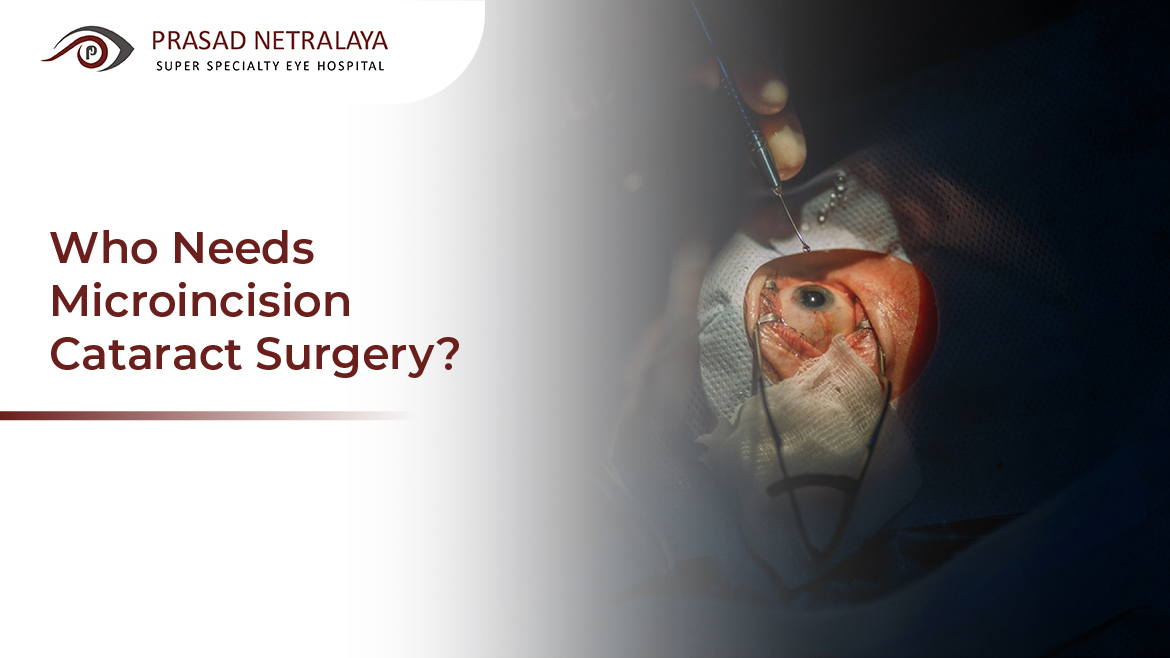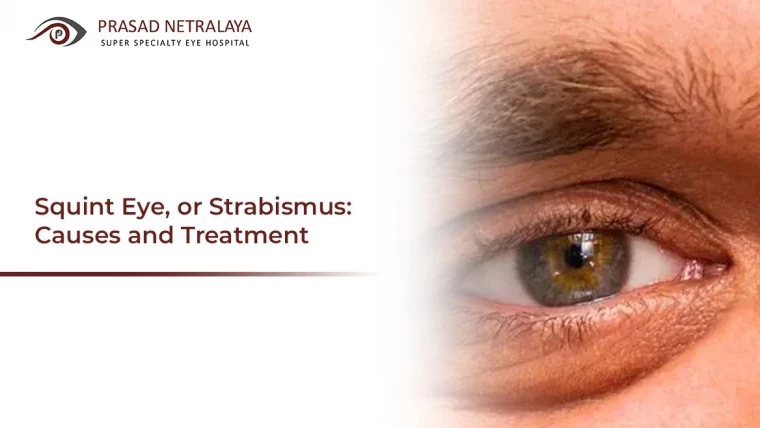Technological advancements have made cataract surgery relatively seamless. After years of research with edge-cutting equipment, the incision size used for this procedure has been drastically reduced with microincision cataract surgery. Currently, it’s one of the most effective and secure surgical procedures for cataract removal.
The incision size in a small-incision cataract surgery is about 6 mm. The incision size in traditional cataract surgery can be as large as 12 mm. These incisions have shrunk to as little as 2–4 mm with phacoemulsification. In fact, the incision with a microincision surgery is extremely tiny, typically under 2 mm in length.
If you or someone you know is suffering from cataracts, a microincision surgery may be the best way to correct your eyesight. Keep reading to learn more.
Table of Contents
Who Should Opt for Microincision Cataract Surgery?
If you have a cataract, your doctor will most likely advise you to wear corrective glasses for better eye health. However, if your vision doesn’t improve with them or you still have trouble seeing clearly, your doctor may recommend a microincision cataract surgery (MICS).
When it comes to cataract surgeries, eye specialists agree that MICS gives patients the best results and ensures faster visual recovery. This happens because your incision is much smaller than the traditional incision size.
Microincision cataract surgery can treat cataracts of any type or degree. Before deciding on MICS, speak with your doctor about its benefits, drawbacks, and other factors in detail. Be sure to check the microincision cataract surgery cost too.
Why Should You Choose MICS?
Due to its many benefits, MICS is one of the most recommended surgeries. The primary advantages of this type of cataract surgery are:
- Smaller incisions that lead to faster healing
- Easier for surgeons to control corneal astigmatism
- Reduced astigmatism caused by surgery, i.e., less time spent wearing corrective lenses
- Reduced postoperative time and quicker visual recovery
- Allows for the use of high-quality IOLs, guaranteeing optimal vision
- A boon to diabetic patients, the elderly, or people with other comorbidities because of its faster healing time
- Uses less phaco energy and superior fluid dynamics (a method that is preferred by patients with zonular weakness and corneal impairment)
- No need for post-operative anaesthetic injections, sutures, bandages or restrictions
- Patients need fewer check-ups and can resume their normal activities rapidly
Does MICS Have Any Drawbacks?
MICS is a highly advanced form of surgery that requires highly-trained surgeons. Further, microincision surgery needs special equipment. Therefore, microincision cataract surgery costs may end up being slightly higher than traditional surgery.
Also Read : How much does Cataract Surgery Cost? Is it worth it?
Best Surgeons for Microincision Cataract Surgery
As medical science advances, new technology makes all complicated surgeries easier and more effective. Microincision cataract surgery is a big step up from traditional phacoemulsification as it gives patients some of the best eye health possible after cataract MICS. This procedure uses high-tech, cutting-edge surgical equipment and fluidically-controlled phacoemulsification platforms. Therefore, it is always recommended that you choose a reputed eye hospital with well-trained surgeons for your treatment. Prasad Netralaya Eye Hospital, with its team of highly-trained surgeons, is best known for micro-invasive cataract surgery. If you are looking for affordable cataract MICS, feel free to contact us. We offer high-quality services that help patients get better faster and cause them less trouble in their daily lives.
Dr. Vikram Jain, M.S. had his medical training (MBBS) from Kasturba Medical College, Mangalore, India. He did his master’s in Ophthalmic surgery from Kasturba Medical College, Manipal. He currently manages the Glaucoma department of Prasad Netralaya hospital.



